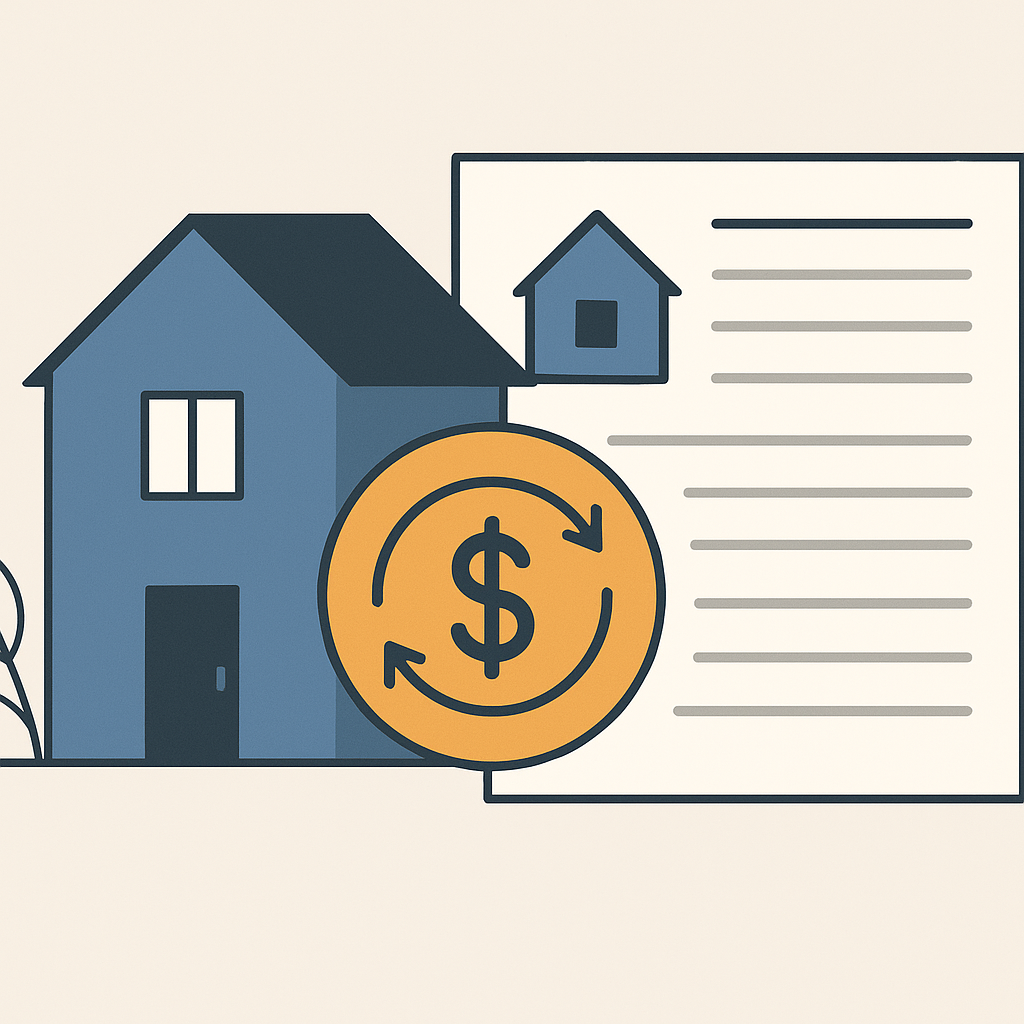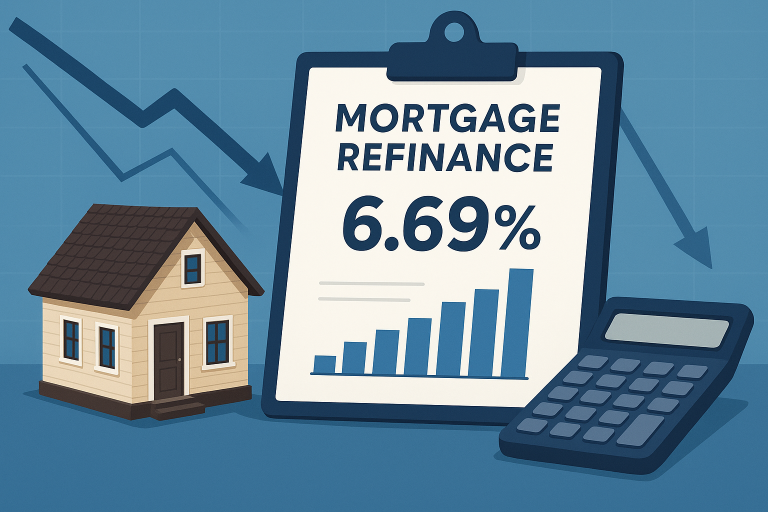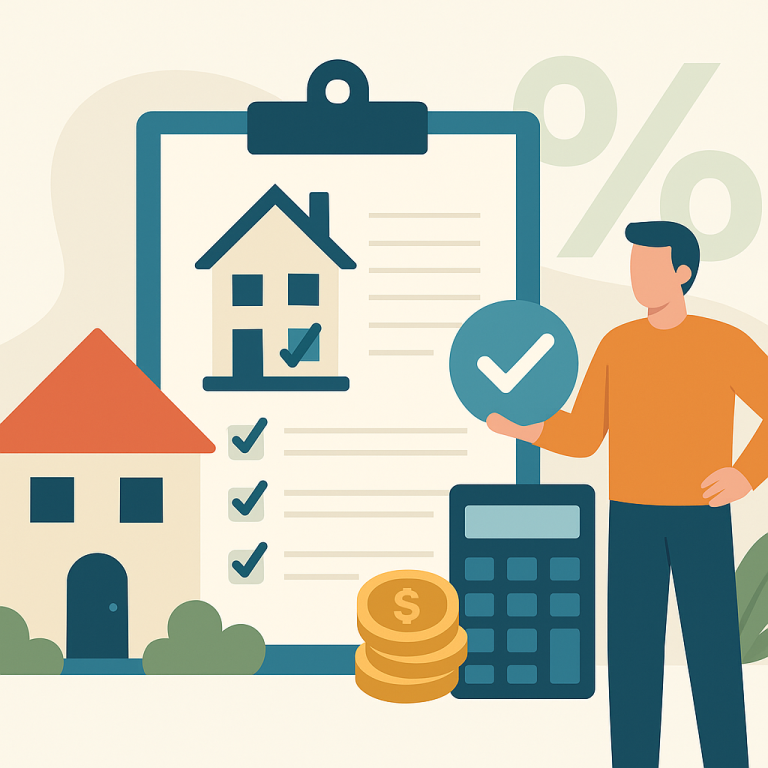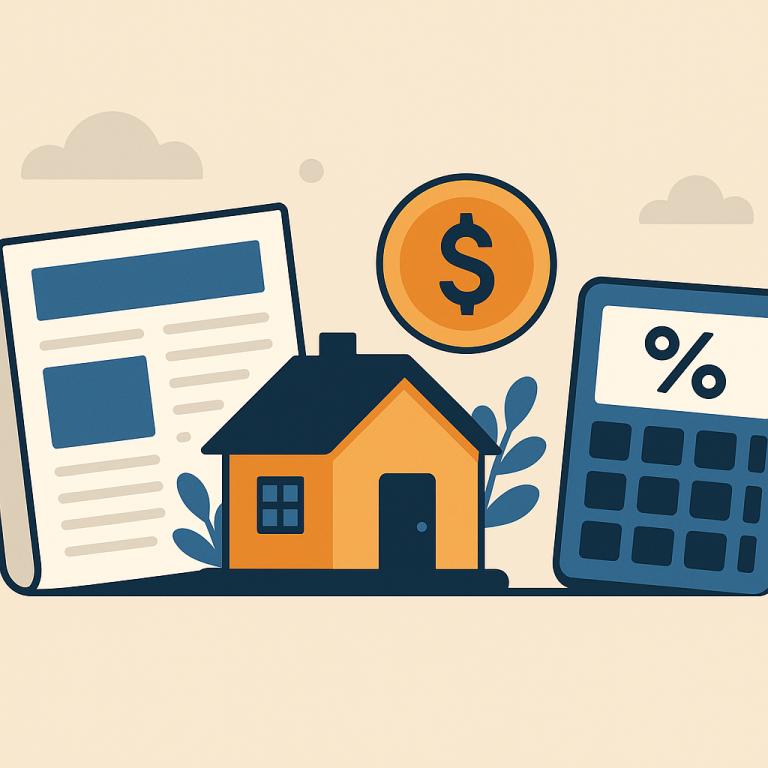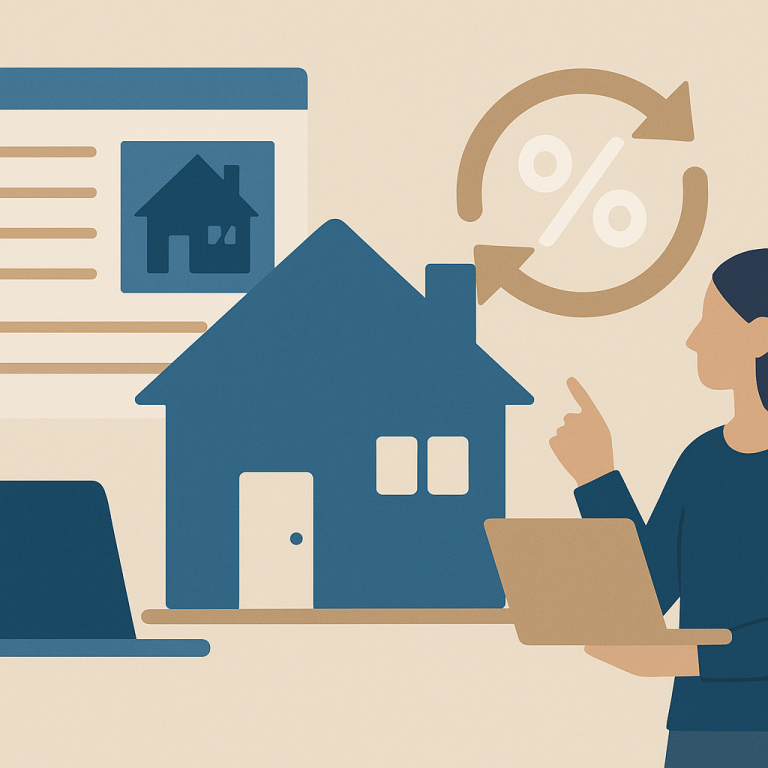Major Lenders Increase Mortgage Refinance Fees, Pushing Closing Costs Higher
Homeowners Reconsider Refinancing as Rates Ease and Equity Strengthens
Recent shifts in mortgage market conditions have prompted a noticeable uptick in homeowners exploring refinancing options. With borrowing costs easing from recent highs and home price gains supporting higher equity levels for many borrowers, rate-and-term refinancing is emerging as the primary option for homeowners focused on reducing monthly payments or shortening loan duration. At the same time, cash-out refinances remain popular for those seeking funds for renovations or debt consolidation, but they come with distinct trade-offs.
Industry lenders report that the current environment is creating a narrow window where the math on refinancing becomes attractive for a broader group of borrowers. The decision hinges less on headline rate movements and more on individual loan details: remaining term, original rate, accrued equity, credit profile, and transaction costs. As a result, borrowers are encouraged to move beyond rate shopping and examine the full financial implications of refinancing.
Why This Moment Matters
Two market dynamics are shaping homeowner interest. First, modest downward pressure on mortgage pricing has improved the potential savings for borrowers with older, higher-rate loans. Second, cumulative home price appreciation over recent years has left many households with increased equity, expanding refinancing choices. Combined, these conditions can make refinancing cost-effective for homeowners who previously lacked sufficient equity or did not benefit from lower rates.
Key Considerations for Homeowners
- Calculate the break-even point: Compare closing costs against monthly savings to determine how long it will take for the refinance to pay for itself. If you anticipate moving or selling before reaching that threshold, refinancing may not be worthwhile.
- Decide between rate-and-term and cash-out: Rate-and-term refinancing reduces interest expense or shortens loan duration, while cash-out provides liquidity but increases loan balance and may raise monthly payments.
- Assess remaining loan term: Refinancing into a longer-term loan can lower payments but may increase total interest over the life of the loan. Conversely, refinancing to a shorter term can accelerate equity building but raises monthly obligations.
- Understand costs and fees: Closing costs, appraisal fees, and potential prepayment penalties affect the overall benefit. Request a detailed Loan Estimate to compare offers accurately.
- Evaluate credit and documentation readiness: Borrowers with stable employment, organized financial records, and solid credit profiles typically secure the most favorable terms and a smoother approval process.
Practical Steps to Proceed
Homeowners considering refinancing should gather recent mortgage statements, proof of income, and documentation of property taxes and insurance. Request multiple Loan Estimates from reputable lenders and compare not only rates but also points, fees, and projected monthly payments. Consider consulting a financial advisor or mortgage professional to model scenarios — such as staying at the current rate versus refinancing — over the time horizon you expect to keep the home.
For those prioritizing immediate monthly savings, a rate-and-term refinance designed to maintain or modestly shorten the loan term is often the most straightforward path. Homeowners seeking cash for projects or debt consolidation should weigh the value of immediate liquidity against the long-term costs of a larger mortgage balance.
Ultimately, refinancing remains a personalized financial choice. Tightening the analysis to your time horizon, cash needs, and long-term goals will produce the clearest answer on whether now is the right time to refinance.
META: angle=rate-and-term-refinance-equity-window;audience=homeowners;format=article

